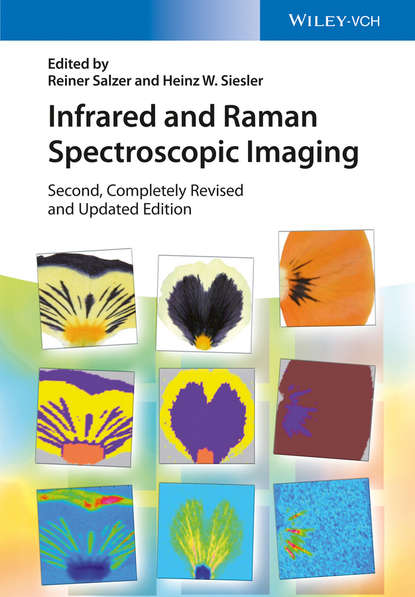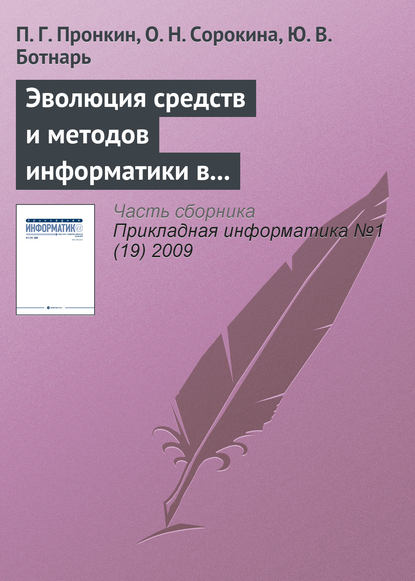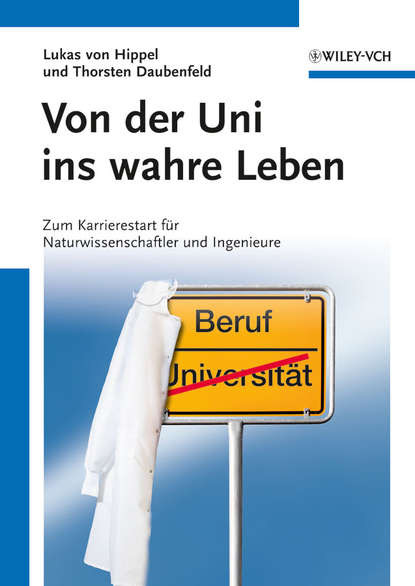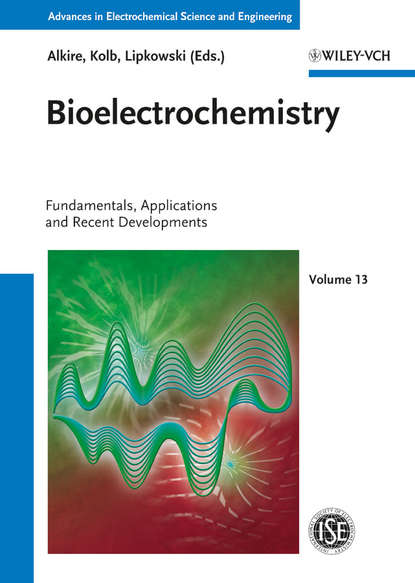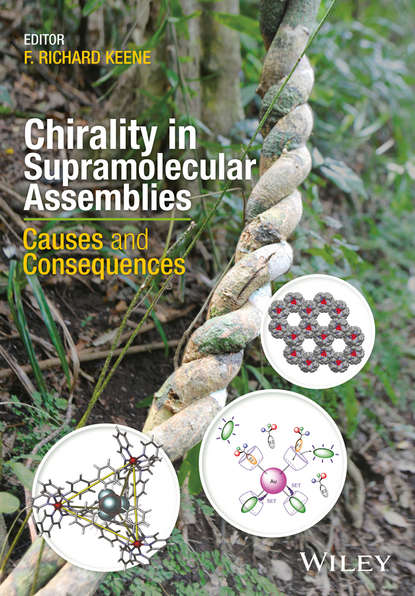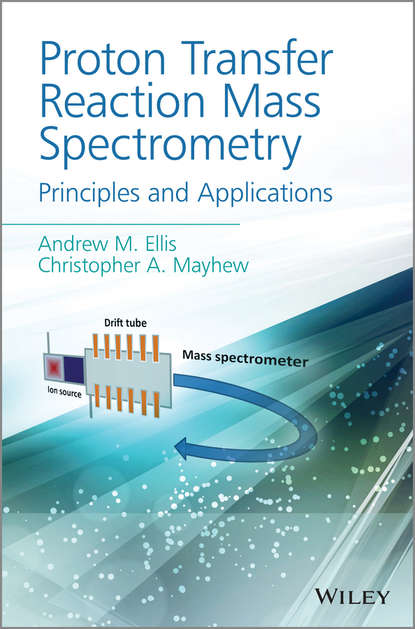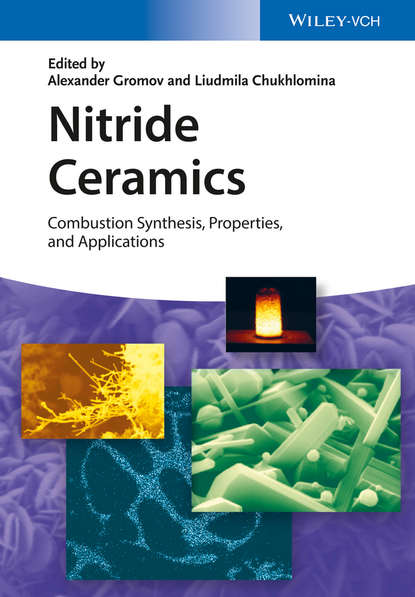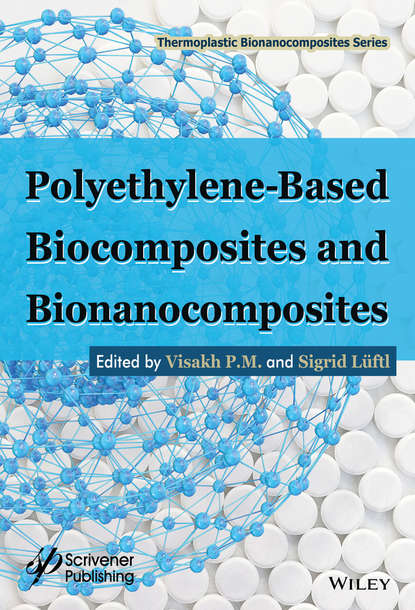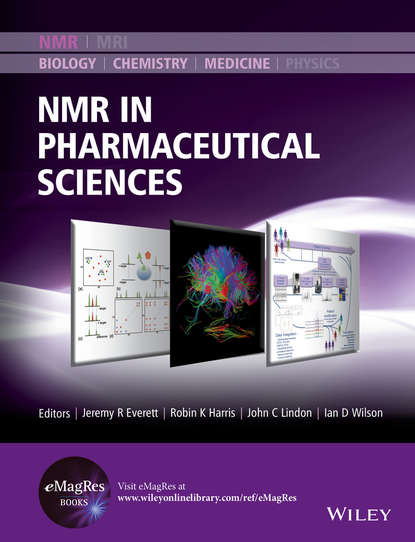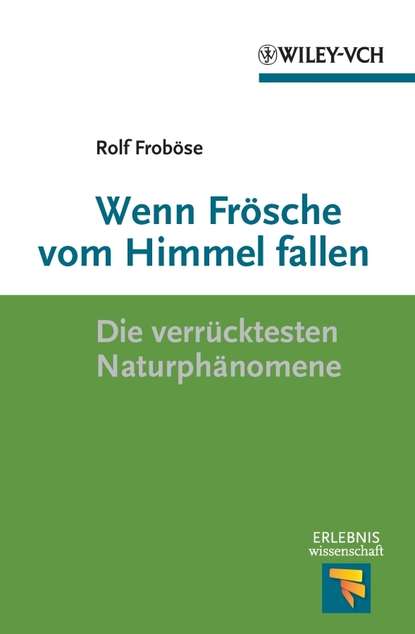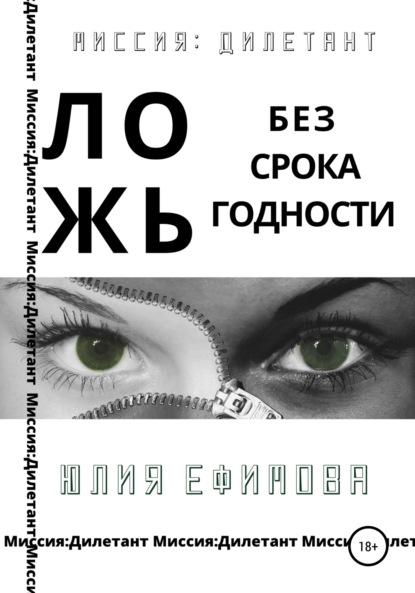Книга "Infrared and Raman Spectroscopic Imaging" - это обновленное и пересмотренное издание справочника, который содержит около 30% нового контента и отражает многочисленные инструментальные разработки и улучшения, а также значительное расширение этой быстро развивающейся области. Комбинация ИК-имиджинга с АФМ, например, улучшила достигаемое боковое разрешение на порядок меньше до нескольких сотен нанометров, что запустило множество новых приложений в материаловедении. Кроме того, рентгеновская и ИК-спектроскопическая имиджинг стали ключевыми технологиями для биологических и медицинских исследований и сегодня вносят огромный вклад в более детальное понимание многих биологических и медицинских тем. Новое издание подразделяется на четыре части. Первая часть посвящена основам инструментальной базы для ИК и Раман-имиджинга и картографирования, а также обзору хемометрических инструментов для анализа изображений. Вторая часть описывает широкий спектр приложений от биомедицинских до пищевых, сельскохозяйственных и растительных продуктов, полимеров и фармацевтики. Затем следует описание техник изображения, работающих за пределами дифракционного предела, а последняя часть охватывает специальные методические разработки и их полезность в конкретных областях. Это обзор, который должен быть у исследователей в академических и промышленных лабораториях, желающих получить надежные результаты с использованием этого метода.
This second edition of an already successful ready reference book has been updated and considerably revised, with approximately one third of the contents newly added, to reflect substantive instrumental developments, improvements, and extent of growth within this ever-expanding field. Co-registration of IR and magnetic force microscopy, for example, which has increased lateral resolutions to the degree of a few hundred nano-meters using this methodology, has introduced many new methodologies in materials science. Moreover, both IR and Raman SSIM has grown into essential toolsets for biology and medicine-focused research and continue to promote increasingly profound understandings across various biological research topics. As a result, the topical organization of the book has shifted to four parts. Dialoguing foundations surrounding hardware and sofware for IR and Raman images and maps, chemometrical insights for analyses have sustained their focus. Perceptibly varied activities including biomedical developments via food and agriculture to polymers, pharmaceutical aspects have been included. In each part, techniques that aid overcoming the diffraction bend, and also specialized methodological advances with specific applications sustained, are also included. Complete with relevant practical identification, researchers within academic and industry facilities desirous of obtaining dependable outcomes through IR/Raman methodology gains a significant overview in this enhancement of reference.
Электронная Книга «Infrared and Raman Spectroscopic Imaging» написана автором Группа авторов в году.
Минимальный возраст читателя: 0
Язык: Английский
ISBN: 9783527678167
Описание книги от Группа авторов
This second edition of the successful ready reference is updated and revised with approximately 30% new content to reflect the numerous instrumental developments and improvements, as well as the significant expansion of this rapidly developing field. For example, the combination of IR imaging with AFM has enhanced the achievable lateral resolution by an order of magnitude down to a few hundred nanometers, thus launching a multiplicity of new applications in material science. Furthermore, Raman and IR spectroscopic imaging have become key technologies for the life sciences and today contribute tremendously to a better and more detailed understanding of numerous biological and medical research topics. The topical structure of this new edition is now subdivided into four parts. The first treats the fundamentals of the instrumentation for infrared and Raman imaging and mapping and an overview on the chemometric tools for image analysis. The second part describes a wide varie-ty of applications ranging from biomedical via food, agriculture and plants to polymers and pharmaceuticals. This is followed by a description of imaging techniques operating beyond the diffraction limit, while the final part covers special methodical developments and their utility in specific fields. With its many valuable practical tips, this is a must-have overview for researchers in academic and industrial laboratories wishing to obtain reliable results with this method.
